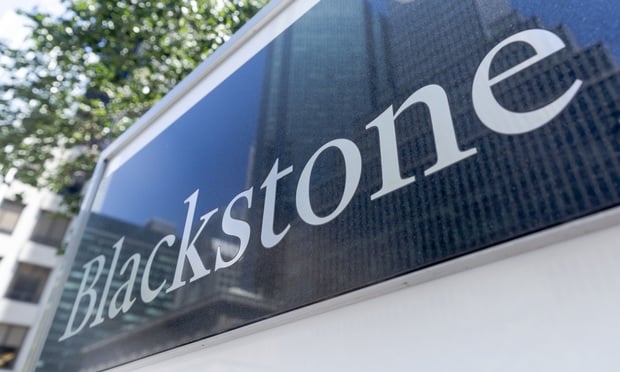With some states lifting or relaxing stay-at-home orders this month, restaurants are reopening to customers hungry for a dine-in experience.
Alex Smith, owner of Atlas Restaurant Group, re-opened two restaurants in Texas on May 8 and served more than 1,000 people. Tables were set six feet apart and hand sanitation stations were offered throughout the restaurant. Servers donned masks and gloves, and all employees received temperature checks when reporting to work. Smith managed the bar area by placing picture frames on bar stools to mandate social distancing, so patrons would sit six feet apart.
"There's tremendous demand out there," Smith said on CBRE's The Weekly Take with Spencer Levy podcast, noting that they had to turn a "few hundred" potential customers away. "Americans are resilient and I think that the restaurants will bounce back faster than everybody thinks."
Recommended For You
Want to continue reading?
Become a Free ALM Digital Reader.
Once you are an ALM Digital Member, you’ll receive:
- Breaking commercial real estate news and analysis, on-site and via our newsletters and custom alerts
- Educational webcasts, white papers, and ebooks from industry thought leaders
- Critical coverage of the property casualty insurance and financial advisory markets on our other ALM sites, PropertyCasualty360 and ThinkAdvisor
Already have an account? Sign In Now
*May exclude premium content© 2025 ALM Global, LLC, All Rights Reserved. Request academic re-use from www.copyright.com. All other uses, submit a request to [email protected]. For more information visit Asset & Logo Licensing.








